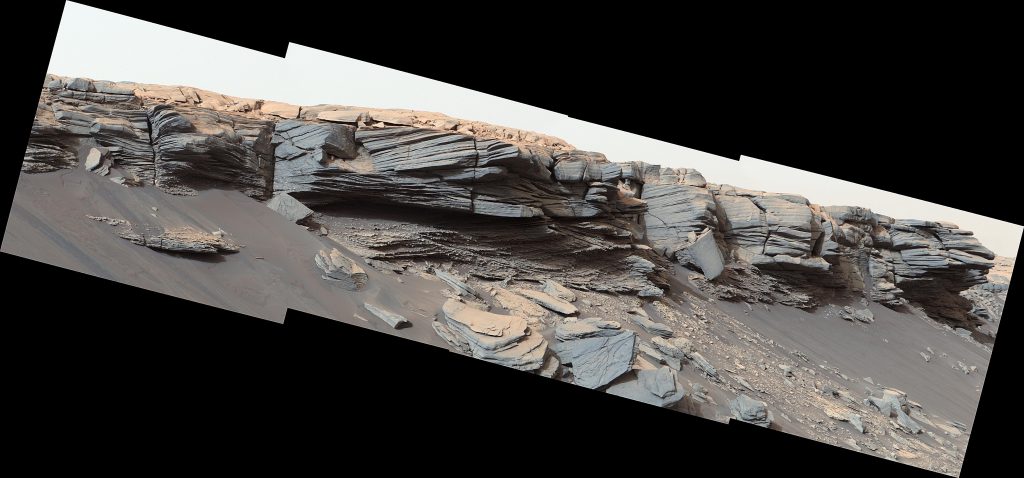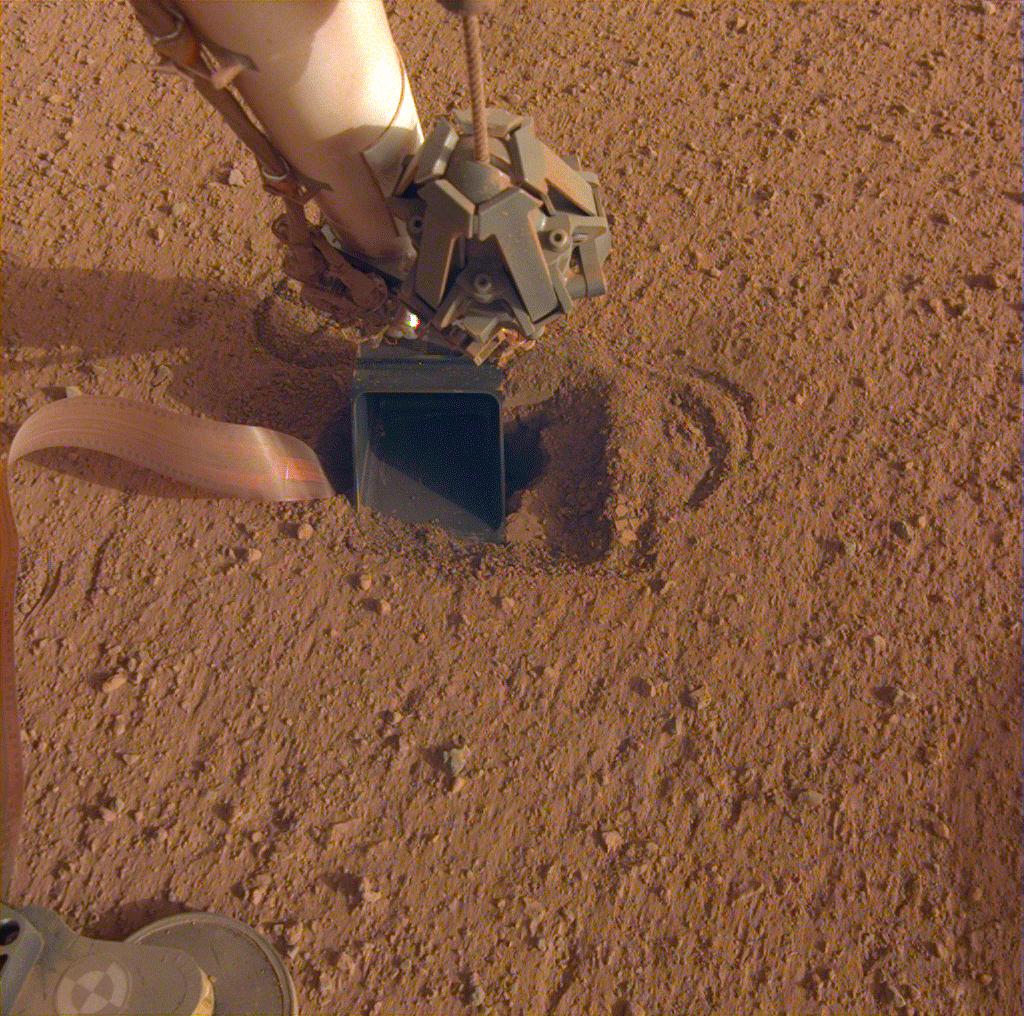
I, for one, would like to live vicariously through Mars Curiosity Rover. Unlike me, it has begun a super cool super road trip. While it is slated to only travel about one mile, that one mile is on Mars, and the terrain is amazingly complex. It is working its way up Mount Sharp inside Gale crater, and as it goes, it has to contend with sand traps, sharp rocks, and other amazing geology that formed when this region was covered in water. As someone who spent my childhood summers in the American Southwest, I can get behind exploring this kind of a desert landscape – especially one where everyone is required to wear masks.

Not all robots on Mars are having this kind of a grand adventure, however. The Mars InSight lander has essentially used its robot arm to shove the mole probe into the ground where that probe is refusing to do its job and dig itself down the couple of meters all of us had looked forward to. This has taught us that Mars soil is not what we had expected but hasn’t really told us how. For now, the team is going to forfeit on this obstinate instrument and proceed with other planned science. The robotic arm, with its cameras, will be used to check out the mission’s solar panels and assess the dust situation. This spacecraft is solar-powered, and the constant build-up of dust will slowly lead to a decrease in available power. While gusts of wind can sometimes clear things off, this is a situation that has to be monitored.
More Information
Curiosity Mars Rover’s Summer Road Trip Has Begun (NASA JPL)
InSight Flexes Its Arm While Its “Mole” Hits Pause (NASA JPL)




 Join the Crew!
Join the Crew!
 Escape Velocity Space News
Escape Velocity Space News
0 Comments